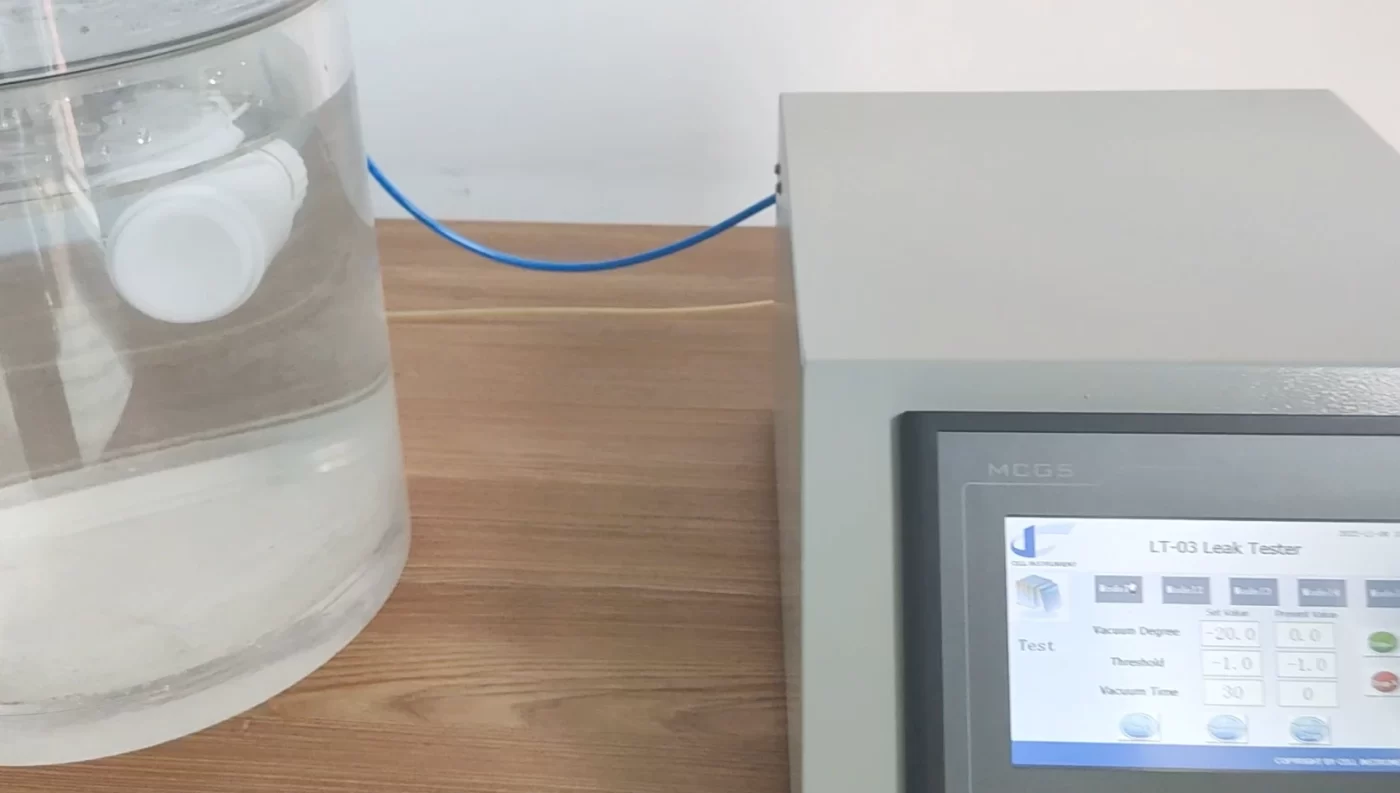LT-02 Leak Tester
The LT-02 Leak Tester errendimendu handiko hutsean proba automatikoko soluzio bat da, ontzi malguetan ihesak detektatzeko bereziki diseinatua, batez ere buruko gasa dagoen aplikazioetan. Ekipamendu hau elikagai, edarien, farmazia eta beste industrietan erabiltzen da, non ontzien fidagarritasuna produktuaren kalitatea mantentzeko funtsezkoa den.




